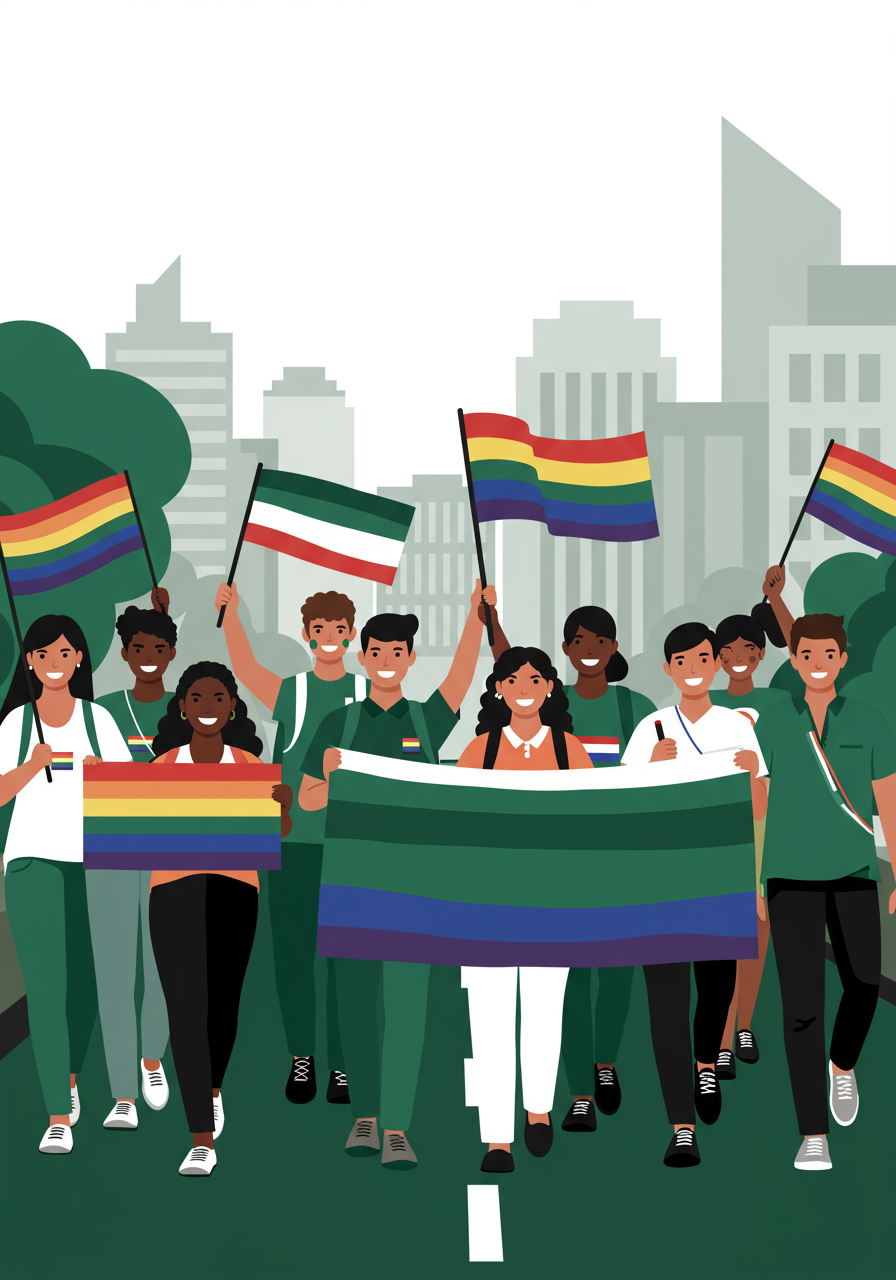The Roots of Mental Health Awareness Month 🌱
Mental Health Awareness Month has been observed in the United States since 1949, founded by the Mental Health America organization. Originally designed to educate the public about mental health issues, it has evolved into a significant part of the diversity holidays and days of recognition calendar. Each May, this event shines a light on mental health, aiming to reduce stigma, foster community understanding, and promote help-seeking behaviors. The campaign has grown globally, supported by numerous organizations to include discussions on mental health across various demographics, including age, gender, race, and socioeconomic status.
Dimensions of Diversity Supported by Mental Health Awareness Month 🌈
Mental Health Awareness Month intersects with various dimensions of diversity, such as cultural, social, and emotional aspects. It promotes inclusivity by addressing often-taboo topics like mental health in minority populations, who historically face significant barriers to accessing mental health services. The event also underscores the importance of an inclusive workplace that supports mental health initiatives, recognizing the diverse needs of all employees, regardless of their background.
To dive deeper into the educational significance of Mental Health Awareness Month and explore more about inclusive engagement in today’s diverse environments, join the Diversiology community. Check out our comprehensive diversity calendar and discover extensive articles, insights, and tools designed to enhance your understanding of Diversity, Equity, and Inclusion. Become a part of the premier community of learners and leaders committed to making a difference – one story, one conversation, one resource at a time.








